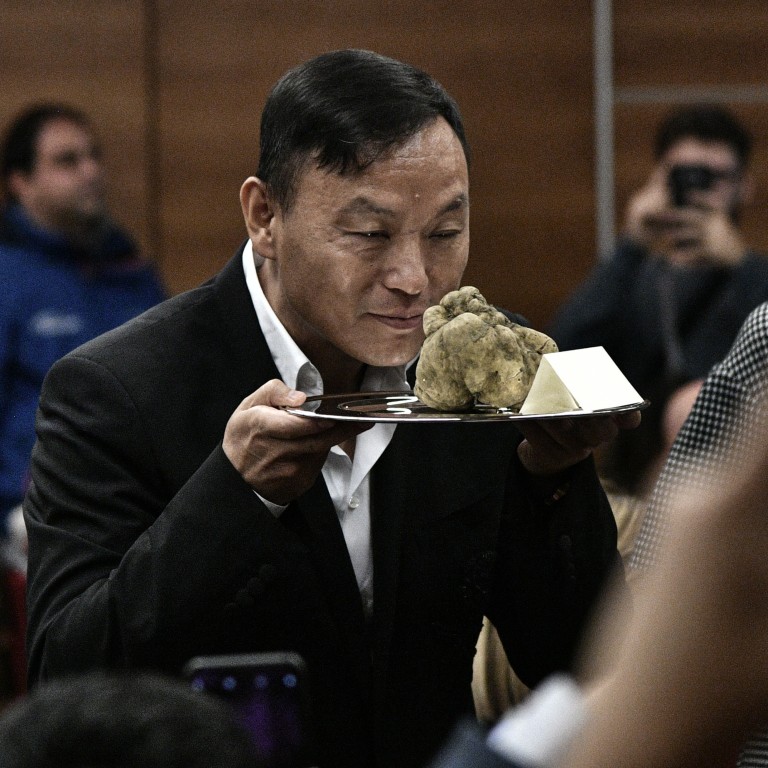
Why wealthy Chinese love Italy’s white truffles: prestige, unpredictability and their powerful earthy flavour
- Wealthy Chinese outbid their rivals for the largest and finest white truffles from Piedmont most years, spending thousands of dollars per ounce
- Chinese visitors to Piedmont fall in love with the beauty of the area, full of gently rolling green hills and picturesque medieval hamlets
Elite Chinese chefs and gourmands can’t get enough of a famous fungus that sells for sky-high prices.
Averaging €300 for 100 grams (about US$1,350 per pound) – but with the largest specimens selling for substantially more – highly sought-after white truffles from Italy’s northern Piedmont region are commonly called “white gold”.
The Chinese love affair with these musky-tasting truffles has given rise to a niche industry of cooks, businessmen and millionaires from Shanghai to Singapore. They have become the main buyers of the expensive delicacy and the major protagonists in the annual truffle drama – the yearly auction in the Piedmont town of Alba.
“Each year in Alba we stage the white truffle global auction, and for the past 15 years it has been held simultaneously through streaming in Hong Kong, which boasts a permanent seat,” says Marco Scuderi, vice-president of the International Alba White Truffle Fair. “Also, Singapore and Tokyo have connected to the internet auction in recent years, but as usual the last edition [auction] was won by Hong Kong. The Chinese are our biggest, most sophisticated clientele.”
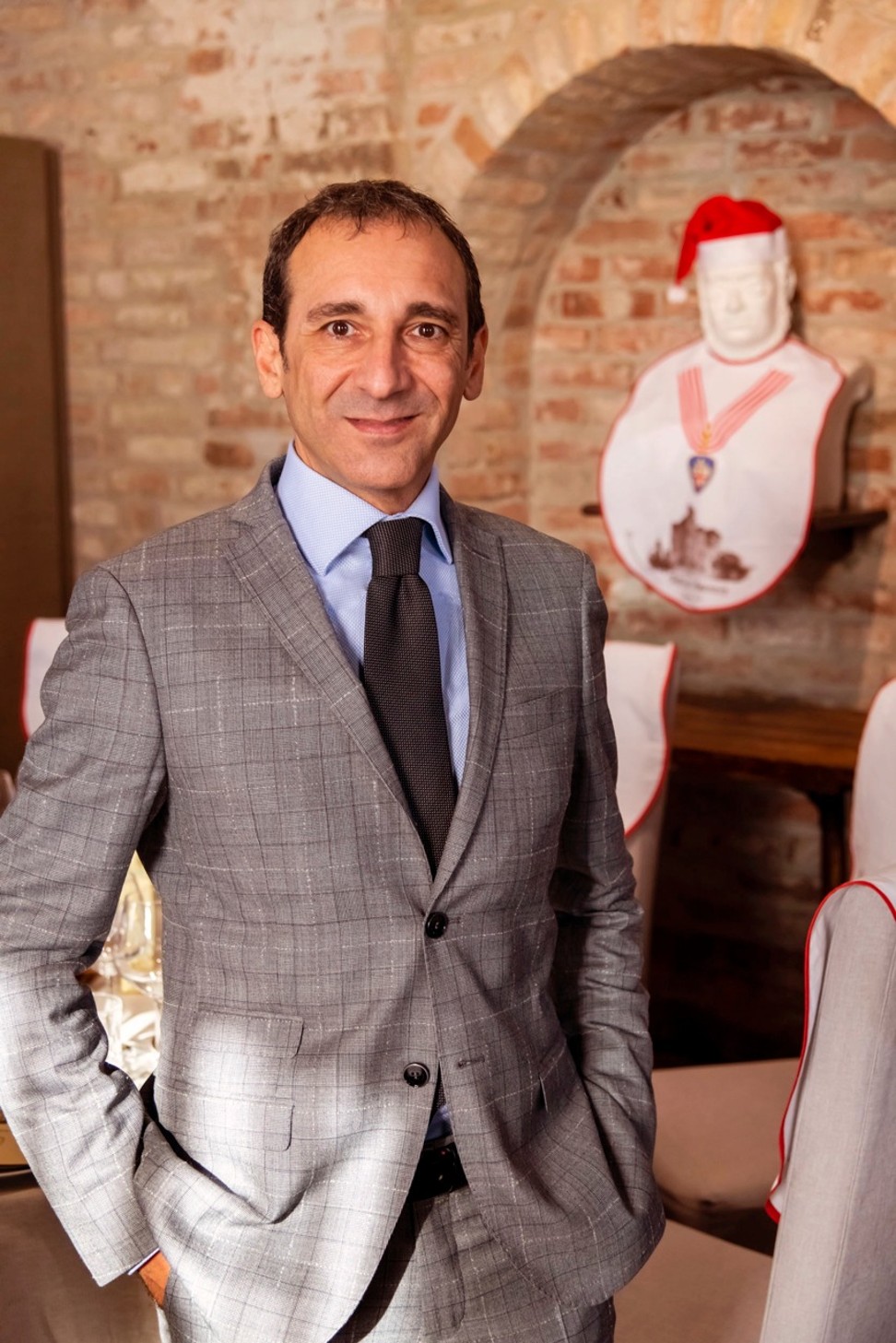
Truffles are big business. Alba’s season for the delicacies, running from September to early December, draws half a million tourists to the region, who spend more than US$28 million a year.
Outrage as Michelin strips star from French culinary legend Paul Bocuse
The most prized truffles are guarded and promoted by the Order of the Knights of the Truffle and Wines of Alba. The order’s marketing push has spread worldwide, including to China, where there is a growing appetite for the fungus’ earthy and savoury flavour.
“Alba’s truffle is one of the strongest made-in-Italy brands, worshipped abroad as an Italian symbol of excellence, just like fashion, cars and wine,” says master knight Tomaso Zanoletti of the order, who for 20 years has organised the event at the historic Castle of Cavour Grinzane. “Our global auction, due to the specificity of the white truffle and its upper-class participants, is unique in the world.”
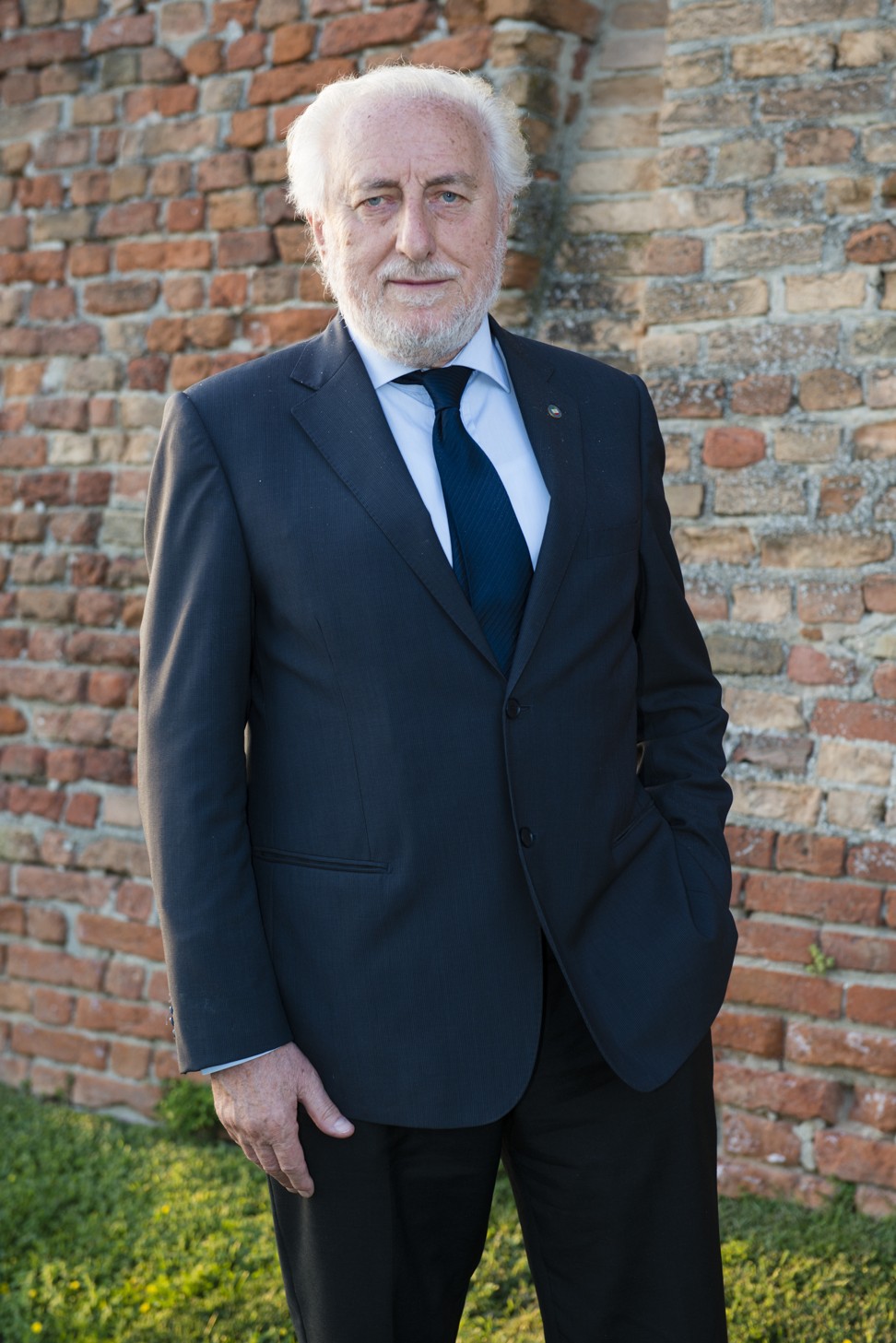
White truffles grow in the ground, amid tree roots in woods scattered across Piedmont’s Langhe and Roero district, a fertile patch of land listed as a Unesco World Heritage Site for its production of wine and truffles.
With gently rolling green hills and picturesque medieval hamlets, the region has become a powerful tourist magnet. Chinese visitors fall in love with the beauty of the area, which has been twinned with Yunnan province’s Honghe area of terraced rice fields. Chinese television celebrity Ma Li recently visited to make promotional videos, invited by Piedmont’s authorities.
“Our white truffle is of a superior class when compared to other white varieties grown in Italy and Croatia,” Zanoletti says. “The particular terrain and microclimate make it the most esteemed and desired, but we’re also good at marketing what we have been blessed with, and combining truffle specialties with our great red wines. Our truffle auction is the number one in the world – it has no equal.”

At last year’s auction Alba had the honour of hosting top Chinese chef Yong Zhang, founder of the Xin Rong Ji Group, which operates upscale restaurants in a number of Chinese cities.
“We decided to name Zhang our new Alba truffle ambassador,” Scuderi says. “He has grown fond of our precious truffle, has embraced our truffle culture, and he is the best person to represent Alba’s white truffle in the Middle Kingdom.”
Zhang bought a 470-gram (17-ounce) truffle for US$13,300. At the Alba truffle cooking show, he proposed savoury Italian-Chinese concoctions by adding the delicacy to nori algae soup and dried shrimps, and to a dish of fried rice, ham, garlic and onions. Talking to local media, he said these simple ingredients enhanced the unique taste and aroma of the fungus.
Alba’s truffle is unpredictable, hard to track down. It’s a mystery of nature. Ever since ancient times men have worshipped it as a mythological gift of the almighty god Zeus. That’s the real fascination for the Chinese
Truffles are foreign to Chinese cuisine, despite the recent emergence of a flourishing market for the produce in China. If the scent and taste seem strong to Italian palates, to Chinese and other Asians accustomed to spices and pungent flavours it is actually is quite mild, according to chef Marc Lantieri of Michelin-starred Ristorante Al Castello in the Grinzane Cavour commune of Piedmont.
Lantieri entertains Chinese clients visiting the region and serves them signature Piedmont handmade tajarin spaghetti, meat or risotto dishes with a sprinkle of grated truffle.
“Our white truffle is elegant, sweet, with a light woodsy scent that gently lingers on the tongue,” he says. “It must be served and savoured in a specific way: grated raw, there and then, last-minute, as soon as the pasta or rice is ready, never cooked ahead nor used as filling for pies and mousses as black truffles are. That would be a waste.”
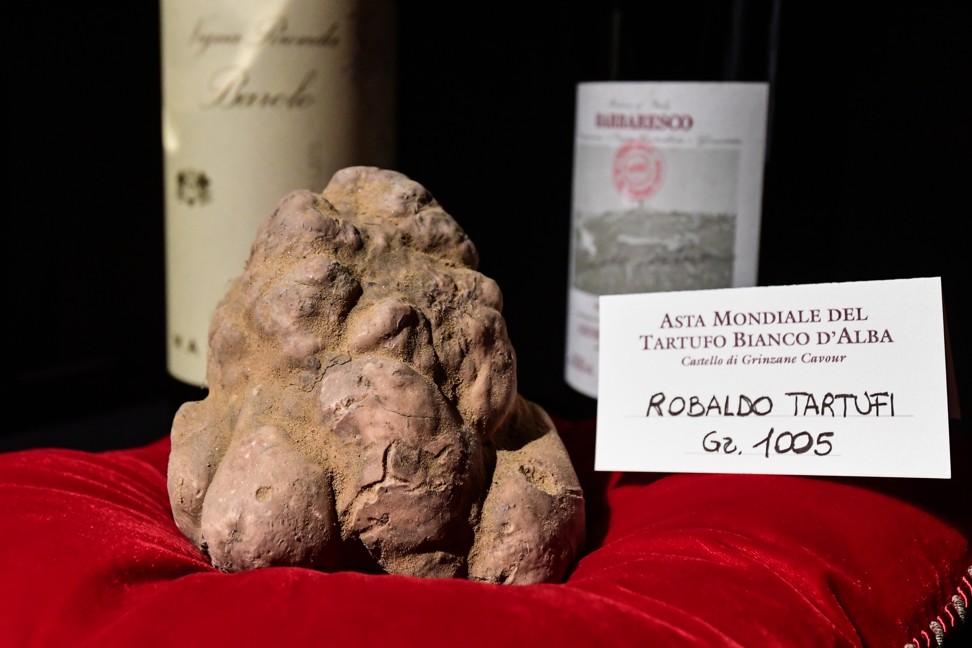
Chinese visitors love to taste new truffle dishes, but often ask Lantieri for a double truffle serving to get a fuller taste of the white tuber, or for an addition of chilli pepper or spices. “They’re used to stronger flavours that persist in the mouth,” he says.
According to Lantieri, the Chinese are drawn to Alba’s white truffles because their high price makes them prestigious.
“Anything that’s expensive appeals to China’s elite,” he says. “White truffle is a symbol of wealth, just like a great bottle of Barolo. That’s also what makes the magic of truffle; it is not accessible to everyone.”
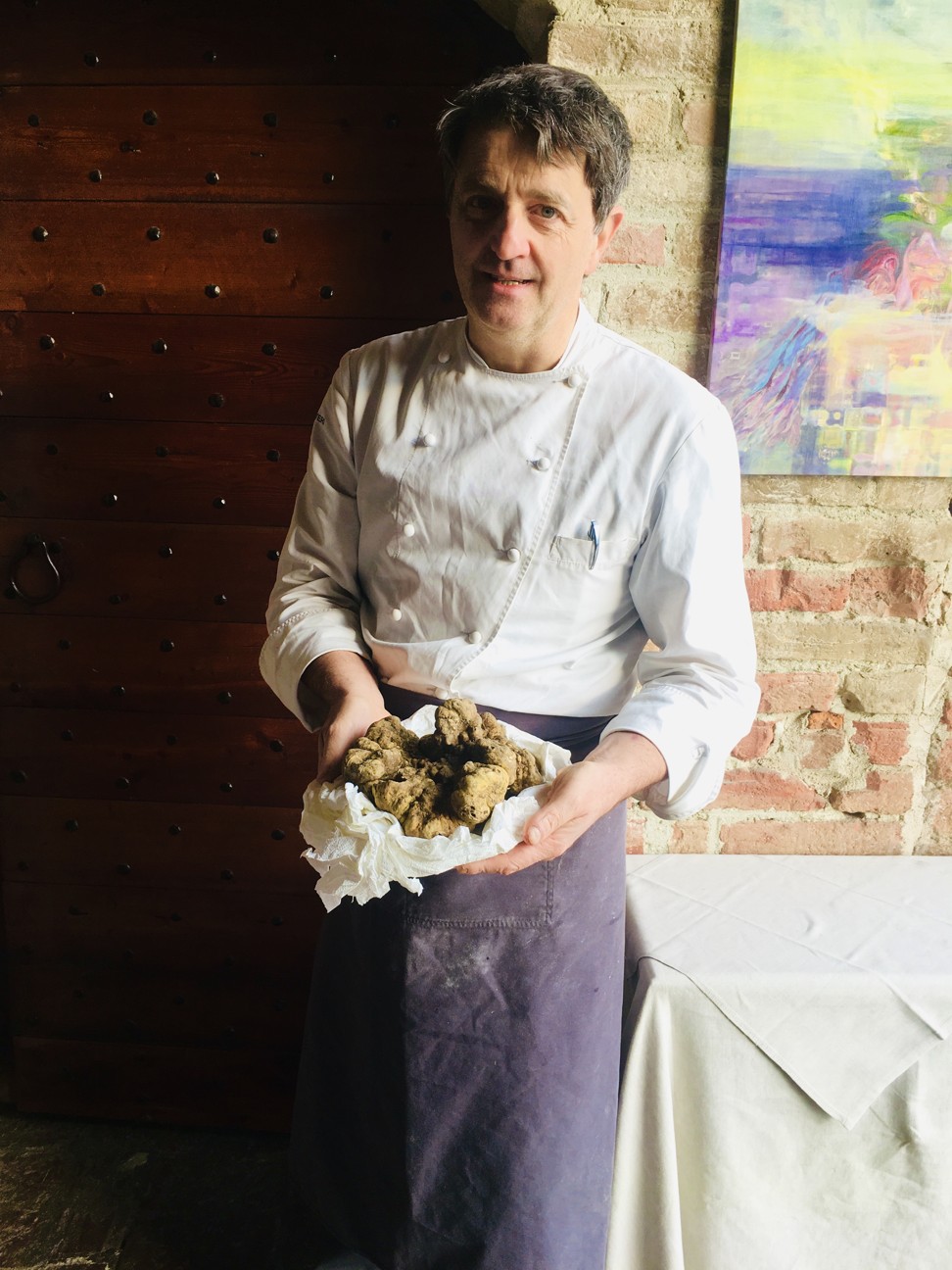
All the money raised at the glamorous dinners staged during the global auction is donated to charitable foundations around the world. In Hong Kong, the revenue goes to the charity Mother’s Choice, which helps pregnant teenagers and children living apart from their families. Last year, US$410,000 was raised locally in Piedmont out of a record total of US$466,000 worldwide.
The Chinese chefs and entrepreneurs who purchase expensive truffles mainly enjoy them at intimate private dinners organised for friends, relatives or colleagues.
“Rich Chinese who come here are lured by the thrill of having unique experiences,” Zanoletti says. “Because they can buy anything they want, they crave a particular knowledge jolt and sensorial things such as truffle hunting, which remains a mystery to them as it still is to us Italians.”
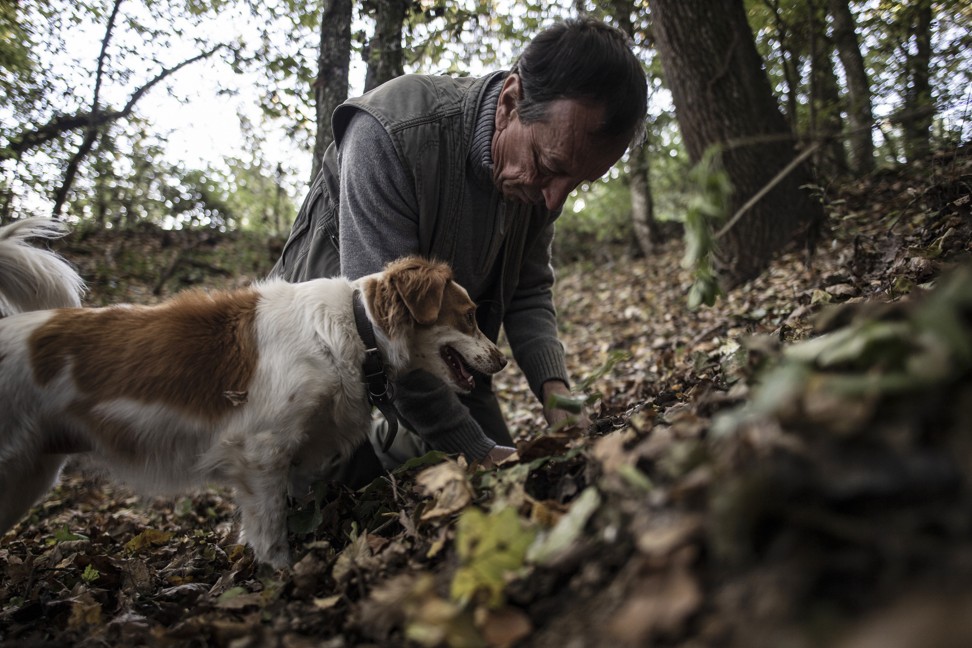
Unlike the black truffle, which is cultivated in the same way as ordinary fruit and vegetables, the white truffle is a spontaneous “underground” seasonal fungus that grows below the soil and cannot be farmed. It’s a hidden treasure and finding it requires skill.
The truffle season is short and the spoils are rare. At night, under starry skies, so-called trifolau – skilled truffle hunters – set out with their dogs to find secret spots close to tree roots. Chinese tourists love to take part in these nocturnal fungus hunts.
“Each time it’s a fascinating discovery that triggers deep emotions. You never know what to expect, how many truffles you’ll find, if any at all,” Zanoletti says. “Alba’s truffle is unpredictable, hard to track down. It’s a mystery of nature. Ever since ancient times men have worshipped it as a mythological gift of the almighty god Zeus. That’s the real fascination for the Chinese.”

Scuderi is proud that a niche white truffle market has flourished in Hong Kong despite the difficulty in sourcing the rare fungus.
“The Chinese elite appreciate our truffle and are helping to spread culinary awareness of it by slowly adapting it to their local cuisine, which isn’t an easy task,” he says. “Alba’s ‘white gold’ is a symbol of glamour for them.”

